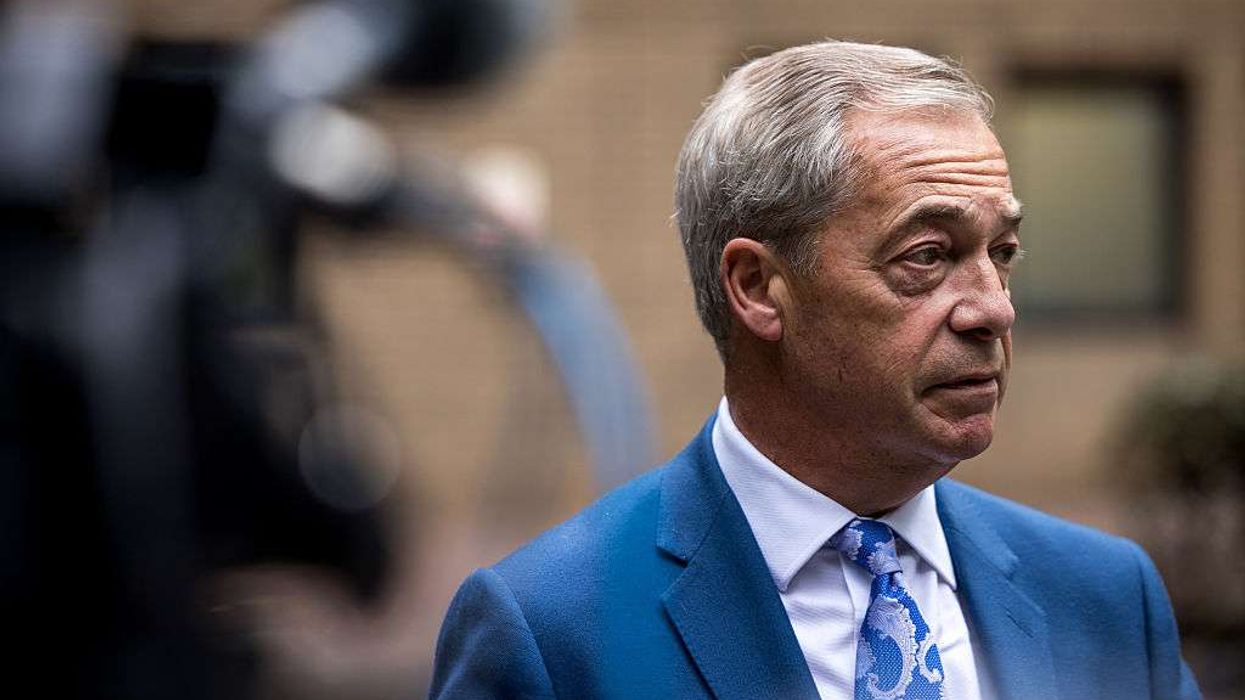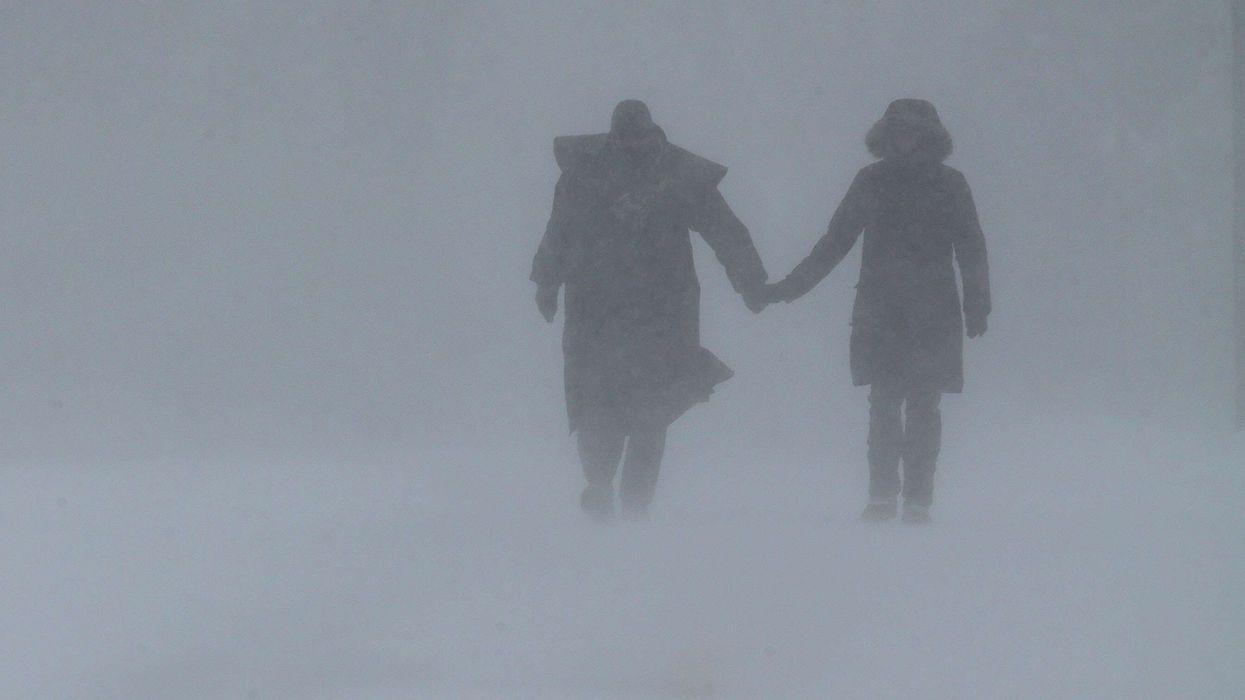By Cyrus Todiwala OBE
IT IS estimated that some four million people are employed in the hospitality industry, which includes hotels, restaurants, bars, cafés, pubs and catering. It is among the worst hit sectors in Britain today.
Worldwide, the pandemic has had serious implications, with tourism directly affecting all trade and the restrictions leading to a global collapse.
In Britain, we are all very badly affected and most of the industry is on the brink of collapse.
Within that, the south Asian and Indian restaurant sectors have borne the brunt of the pandemic.
Landlords have been at the forefront of discussions right across the sector and while some have been friendly, open to discussion and willing to compromise, most have not been as accommodating. This has led to restaurants and other food outlets shutting shop and forced to move on. We ourselves are having to move on in the New Year.
Some big names have come to the attention of the public, such as Indian Accent and Lucknow49, both in London’s Mayfair, which have closed permanently. Hundreds of others have been wiped out and there is a widespread belief that come October and the end of the furlough scheme, hundreds more may collapse.
This is not just due to landlords and high rents, but a series of issues mounting up against the average restaurateur which have suddenly been accentuated due to the lockdown. Expenses having mounted from February onwards, when business started to slow down and confusion was rampant.
Those in central London have been the worst hit due to several factors.
For example, we are faring very poorly for reasons outside our control. With people working from home, the City of London is dead and that is our major customer base. The immediate areas around us look like it is a ghost town and you would be hard-pressed to even get a coffee. That chips away at a huge percentage of businesses like ours.
We have fear drummed into the hearts and minds of the people to avoid public transport, which is yet another hit to businesses like ours.
On top of all of this, the London mayor’s office has imposed a congestion charge of £15 from 7am to 10pm every day and also reinstated the ultra low emission charge (£12.50). So, if someone has an older car, it would cost them more than £30 just to come to central London for dinner.
That is probably one of the worst decisions ever made by the mayor. It has done nothing to improve traffic – in fact, traffic has become worse due to everyone avoiding the congestion charge all day and all evening, and going south of the river to avoid the zone. All the traffic is being diverted via our street making it a hellhole of pollution.
What this has done is deprived most central London restaurants of very vital revenue streams at this most crucial time in their existence. I believe that some restaurateurs have taken a petition to the mayor asking him to reconsider the congestion charge and allow businesses to recoup from the losses of the pandemic and the four months of closure thrust upon us
Insurance companies have refused to pay for interruption of business and only one per cent of hospitality businesses across the country have managed to secure some sort of compensation.
All the food we had to throw away or donate to charities cannot be recompensed as it cannot be considered as spoilage.
The Bangladeshi restaurant associations have made several approaches to ask for greater consideration and for extensions to several schemes that the government has set up to help allow trade to blossom again.
We believe that in the coming months, there will be far more restaurants forced to close down than ever before in the history of the trade. Initially, the restaurant industry faced the fear of skills shortages, but now that is a secondary concern when compared to the other huge demands on the food business. We do not have enough revenue to pull through this bad period, so all in all, it is a very bleak picture, I’m afraid.
The regions outside our megapolis are faring well – pubs, restaurants, small hotels, self-catering stays – while London, the ‘greatest financial capital of the world’ and a mega business hub and the country’s financial capital, is suffering beyond anyone’s imagination.
Our fears continue and we hope that looking at everything objectively and optimistically we shall succeed and pull through as the industry has always done and shine again.
The future will be tighter, lighter and more professionally managed, I feel. Those who are creative, forward-thinking, imaginative and hungry to succeed will struggle a bit, but then see success come to them once again.
Regardless of the sudden collapse of the sector, it will surely bounce back and hopefully the level of cuisine offered and the variety and choice will be here to stay for many more years to come. I wish all my fellow chefs, restaurateurs and everyone in the hospitality sector much success in the future.
Cyrus Rustom Todiwala OBE DL DBA is chef patron of Cafe Spice Namaste, Mr Todiwala’s Kitchen and Mr Todiwala’s Petiscos. Visit www.cafespice. co.uk for more.













Lockdown hit London’s hospitality sector hard: Cyrus Todiwala